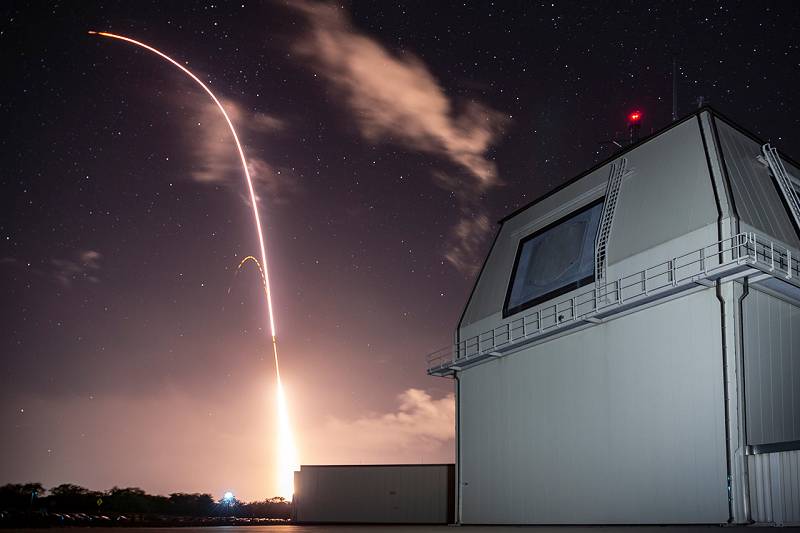 James H. Anderson, the assistant secretary of defense for strategy, plans, and capabilities, spoke about the 2019 Missile Defense Review at the Brookings Institution in Washington, Jan. 29. He noted that the strategy covers the Defense Department’s three lines of effort: lethality, partnership and reform.
James H. Anderson, the assistant secretary of defense for strategy, plans, and capabilities, spoke about the 2019 Missile Defense Review at the Brookings Institution in Washington, Jan. 29. He noted that the strategy covers the Defense Department’s three lines of effort: lethality, partnership and reform.
Here are his main points:
1 - The Threat
China and Russia are developing advanced cruise missiles and hypersonic weapons that can potentially overcome United States defenses. North Korea has tested intercontinental ballistic missiles that are capable of reaching the U.S. and could be armed with nuclear warheads. And, Iran’s space program could accelerate development of an ICBM system that might be able to reach the U.S.
2- 2019 Missile Defense Review Goal
Diplomacy and deterrence are the primary strategies to protect the nation, deployed forces and U.S. allies from missile attacks. Should that fail, the U.S. is developing a layered missile defense system as well as offensive capability.
3-Lethality Strategy
- Upgrade existing radars and sensors
- Increase the number of ground-based interceptors by 20 to 64, along with developing a new kill vehicle for the GBI
- Develop small, high-energy lasers that can be fitted on unmanned aerial systems
- Arm F-35 Lightning II aircraft with tracking capabilities and possible missile intercept at the early boost stage
- Increase the Navy’s fleet of Aegis-equipped destroyers from 38 to 60
- Improve space-based sensors to detect and track missiles
- Conduct a feasibility study of space-based missile intercept capability
- Conduct a Standard Missile-3 Block IIA test against ICBMs by 2020
- Leverage the SM-6 for both defensive and strike operations.
4- Partnership Strategy
- To address regional threats and protect partners, Anderson said the U.S. will deploy additional terminal high altitude area defense, Patriot and Aegis Ashore platforms.
- In turn, partner nations are building up their air and missile defenses, with the possibility of integrating them with U.S. systems. For example, he noted that NATO has an operational Aegis Ashore site in Romania. A second site, to be operational in about a year, is being built in Poland, which will house SM-3 Block IIA missiles. Denmark and the Netherlands have sea-based radar systems that can locate missiles.
5- Reform Strategy
DOD must adopt processes and cultures that enable development and procurement of missile defense systems in a streamlined and cost-effective manner, Anderson said.
"We must not fear test failure, but learn from it and rapidly adjust," he said.






